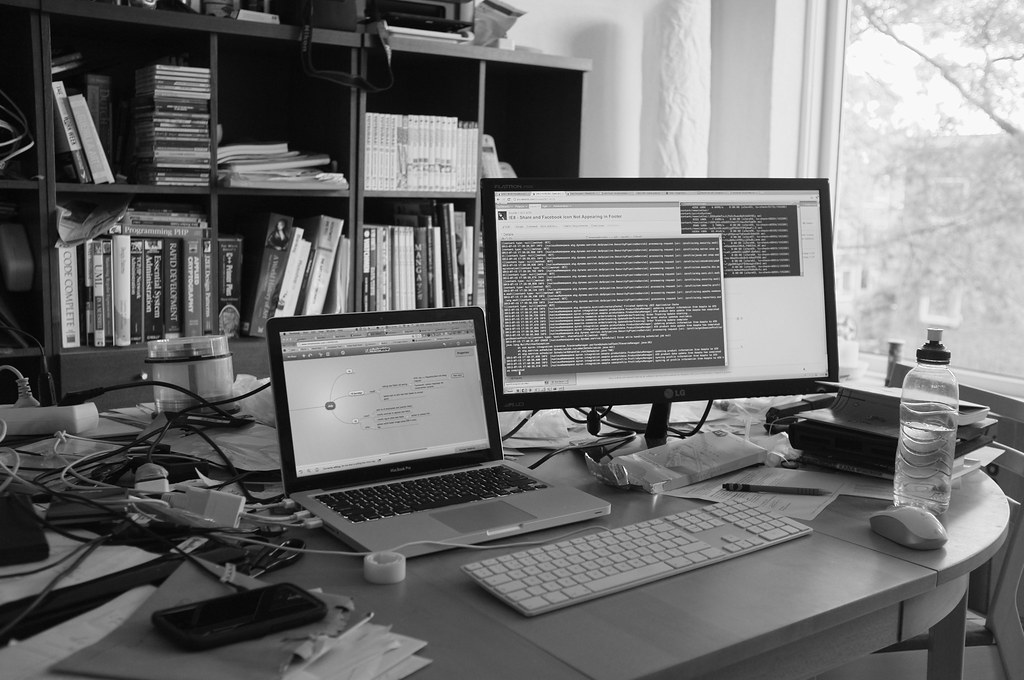Given the surge of employees now working from home and the uncertainty of how long the current circumstances will persist, it is essential for every business to have good policies and procedures for work-from-home employees. If your business does not already have such policies, these should be established as quickly as possible. Good policies can enhance worker safety and limit exposure to excessive workers’ compensation liability. In this article, we provide a few tips for how your work-from-home policies should deal with these issues. The experienced attorneys at Revision Legal can help.
While there are some exceptions, in general, all employers are required to maintain a safe work environment and to carry workers’ compensation insurance for all workers. Any injury that “arises out of and in the course of employment” is covered by workers’ compensation. For example, if an employee is injured in a trip and fall accident at the office or on the factory floor, that is an injury that happened while the employee was working and, generally, the employee is entitled to workers’ compensation benefits. There are more nuanced legal questions when an employee is injured in proximity to the workplace. Typically, an employee is covered if he or she is injured in the lobby of the building or while walking into the factory. However, if the employee is injured while driving to work, the answer is typically “no,” unless it can be shown that driving was part of the employee’s work duties.
Employers typically want to avoid employee injuries. Injuries can be bad for morale, cause reductions in productivity, increases insurance premium costs and can result in costly governmental investigations. As such, businesses establish workplace safety policies and procedures.
The foregoing applies with equal force to work-from-home employees. If a work-from-home employee is injured while working, the employee is entitled to workers compensation coverage. As in other circumstances, the key legal question is whether the injury occurred while the employee was working. Further, employers want to avoid employee injuries at the home workplace for all the same reasons listed above.
With respect to worker safety, the practical issue is that the employer controls the work environment at a traditional on-site workplace. Thus, hazards can be eliminated and safety can be supervised. By contrast, the employer has much less control over the working environment when employees work from home. Despite this, as noted, the employer is liable through workers’ compensation for an injury that occurs in a home-workplace. In a famous example, a large retail store allowed a designer to work from home. While she was taking fabric samples to her work storage space in her garage, she tripped over her small pet dog and was injured. She filed for workers’ compensation and was eventually awarded benefits. The courts ruled that, since the employer allowed the designer to work from home, which the employer did not have to do, the employer accepted the risk of unusual features of the home workplace (such as the possibility of tripping over the family pet).
Moreover, in the traditional workplace, the employer controls the timing of when an employee is working. In doing so, the employer is limiting the risk of injury to the days and hours when the workplace is operating. By contrast, a work-from-home employee can be working at any time which creates an around-the-clock risk of injury.
As can be seen, there are inherent liability risks when employees work from home. This is why good business policies and procedures must be put in place. Employers can regulate the home workplace just as easily as the traditional workplace. Here are a few of the more important that should be considered for work-from-home employees:
- Require a designated work-area in the home that is free from hazards — this enhances safety and also reduces employer risk; any injury occurring outside of the designated area is not a “work” injury
- Establish safety policies specific to home work-areas that reenforce worker safety
- Mandate the use of safe equipment, proper lighting, unobstructed walkways, etc.
- Require a non-smoking, alcohol free and drug-free home work-area
- Require a no-pet and no-small-children work-area
- Provide training on workplace safety with special emphasis on home work-areas
- Establish an inspection protocol — this can be done safely and unobtrusively via video-sharing software; the employee can carry a camera-enabled device around the home work-area to verify safety features
- Mandate clocking in and out — there are many phone and online apps that can be used or, alternatively, require that the employee call or sign in before starting work; again, this enhances safety and reduces financial risk; any injury occurring when the employee is not “clocked-in” is not a “work” injury
- Require standard rest and meal breaks — rested workers are less prone to accidents
- Prohibit work-from-home employees from engaging in other activities while working
- Have protocols for immediate notice if there is an injury
- And more
If you need help with your company’s work-from-home policies and procedures or if you have business-law related questions, contact the business lawyers at Revision Legal at 231-714-0100.
